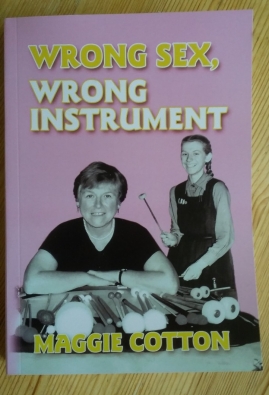 I wrote this post back in January, and put it on the 'post when there's nothing much else going on' list. But now seemed the appropriate moment to post it, in the week after Adele responded to winning a Grammy by saying that it should have gone to Beyoncé.
I wrote this post back in January, and put it on the 'post when there's nothing much else going on' list. But now seemed the appropriate moment to post it, in the week after Adele responded to winning a Grammy by saying that it should have gone to Beyoncé.
When I’m in my feminist musicology mode, I generally try to stay analytical rather than polemical, but sometimes I get cross. A headline towards the end of 2016 had this effect on me. I left it to brew for a while to see if it was just a passing irritation, but it turns out that it keeps calling me back to call out its casual sexism and racism.
The headline introduced a cute non-story about the quirks of CD charts, in which it was reported that the new box-set of Mozart’s complete works was the best-selling CD of 2016. I call this a non-story because the chart counts the number of physical discs sold, so a set that includes 225 of them doesn’t really have to sell very many units to clock up an impressive number. And of course the sale of physical discs is becoming something of a minority form of music distribution these days.
But it’s fun to note, and pleasing to see that such a mammoth undertaking as a complete-works set is doing well. Nothing to be cross about there.
The thing that aroused my ire, though, was the way the story was introduced*:





